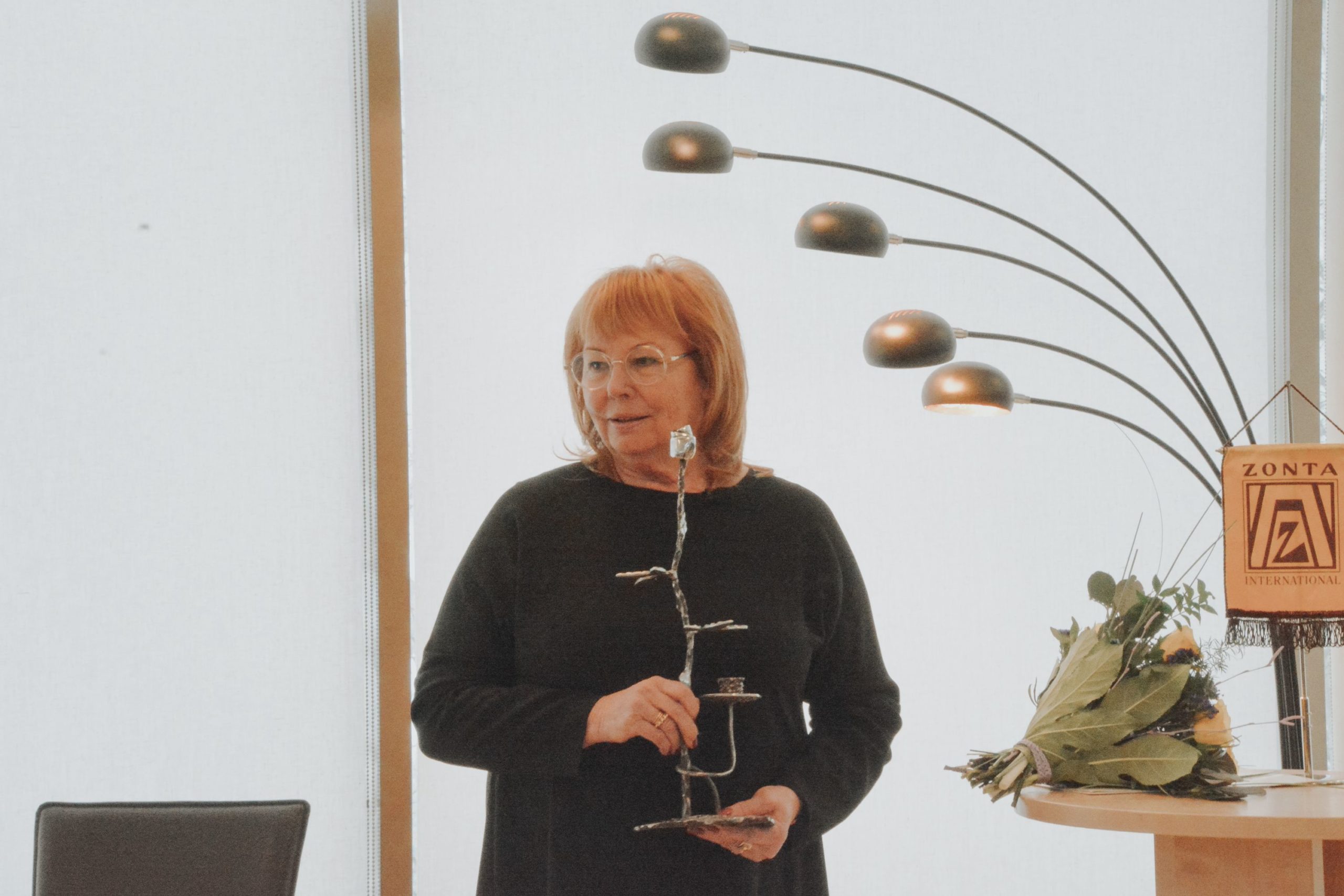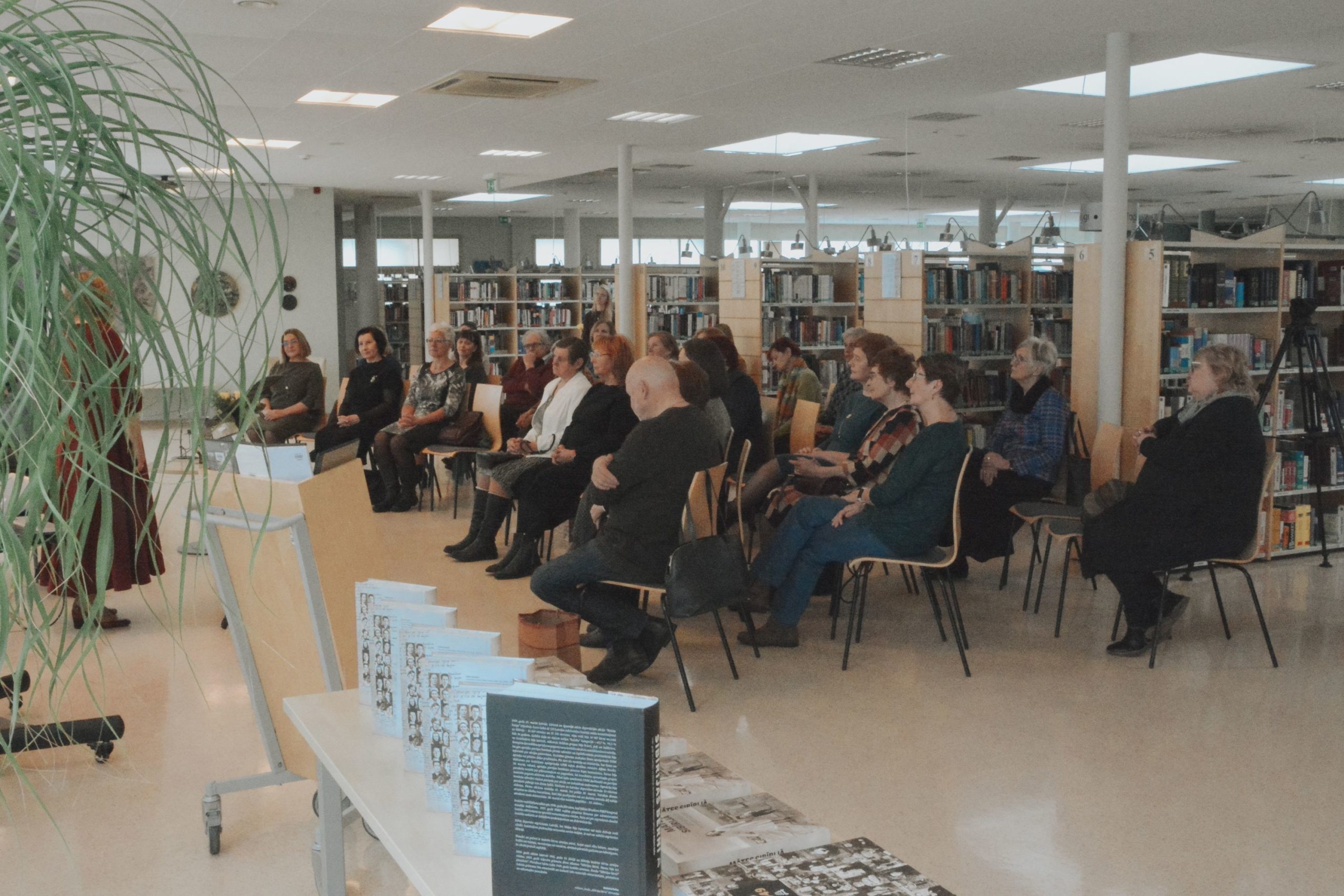The drawing competition organized by the “Children of Siberia” foundation has again resulted in a considerable number of works. The jury lays out the paintings and graphics next to each other in a long carpet on the floor of the television corridor and notices how one or the other work stands out – with its message and artistic language. In a way, the pages continue each other – endlessly long trains travel through them and countless people overwhelmed by ignorance and turmoil, unjustly oppressed. The cruel context – the war in Ukraine, which continues so closely even today, makes a thinking person aware every day of the fragility and vulnerability of our usual peaceful reality. This cannot be a natural way to live. It also makes you tired and in a way dull at times. However, one must be able to awaken the humanity in oneself again and again. Ask a question – what is it. Educators of young people are of considerable importance here, whose ability to explain history and devote time to a serious conversation can give impetus to a personal journey into the roots of the family and Latvia. To enable the revelation of human unity in the past and present. Painting and drawing is that unusual way of being that places the author in other times, places and situations – when you have a brush, pencil, charcoal or chalk in your hands, the one who looks through a barred window, freezes in an endless winter or experiences the death of a loved one, that moment is you himself. That moment of creation becomes the most real truth, which continues to form the thoughts, ideas and beliefs of the personality in the depths. Therefore, returning to Siberian stories is a value – a journey in consciousness that enriches everyone who allows their heart to be touched.
Ieva Jurjāne
Works of laureates. The youngest group
Works of laureates. Medium group
Works of laureates. The oldest group.




































 Ar šo konkursu vēlamies rosināt skolēnos interesi par Latvijas vēsturi, par 1941. gada 14. jūnija deportāciju, kuras rezultātā cieta 15425 Latvijas iedzīvotāji, par 1949. gada deportāciju, kad uz Sibīriju tika aizvesti vairāk kā 42 tūkstoši cilvēku. Par 1944. gadu, kad atkārtotas deportācijas draudu un frontes tuvošanās iespaidā vairāk kā 200 tūkstošu Latvijas pilsoņu devās bēgļu gaitās uz rietumiem. Vēlamies mudināt skolēnus izzināt mūsu valsts un savas ģimenes vēsturi, stiprināt skolēnos patriotisma jūtas un piederības sajūtu Latvijai.
Ar šo konkursu vēlamies rosināt skolēnos interesi par Latvijas vēsturi, par 1941. gada 14. jūnija deportāciju, kuras rezultātā cieta 15425 Latvijas iedzīvotāji, par 1949. gada deportāciju, kad uz Sibīriju tika aizvesti vairāk kā 42 tūkstoši cilvēku. Par 1944. gadu, kad atkārtotas deportācijas draudu un frontes tuvošanās iespaidā vairāk kā 200 tūkstošu Latvijas pilsoņu devās bēgļu gaitās uz rietumiem. Vēlamies mudināt skolēnus izzināt mūsu valsts un savas ģimenes vēsturi, stiprināt skolēnos patriotisma jūtas un piederības sajūtu Latvijai.







